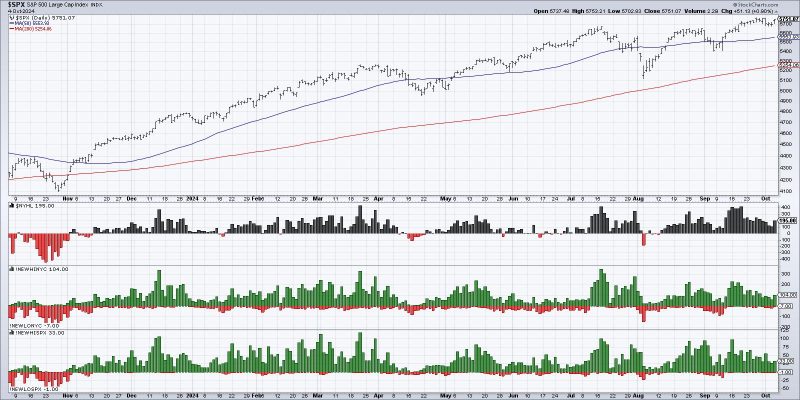As an investor, understanding market composition is essential for navigating your investments effectively. Distinct from other market aspects, market breadth allows you to peek into the stock market’s health. However, concerns have arisen concerning the market’s bad breadth in light of widespread market optimism and increasing market indices.
Market breadth, or market width, embodies an analysis tool used in gauging the number of stocks advancing relative to those declining. For a healthy market, the number of advancing stocks should be higher, an indicator of overall market optimism. Bad market breadth happens when the advancing stocks are less than their declining counterparts, a sign signalling underlying market weakness.
Several market experts and investors believe the market has bad breadth due to the discrepancy between the general market performance and a group of stocks in the market index. The current market scenario is indicating a significant percentage of stocks below their 50-day moving averages while the major indices continue moving upward. This divergence creates an imbalance in the stock market’s healthy terrain, leading to the assuption of bad breadth.
Another attribute indicating bad market breadth is the concentration of gain in a few select stocks. Comparably few mega-cap stocks are presently driving the indices up, casting a shadow on the majority of other stocks that are without substantial gain. Capital concentration in a small volume of stocks can be treacherous, as it does not guarantee the sustainability of market rise.
Bad market breadth is also highlighted by the lack of participation of small-cap stocks in the upward momentum of the total market. Small-cap stocks are invariably the heart and pulse of the market, providing a comprehensive view of market health. If these stocks are stranded while their larger siblings forge forward, it points back to the issue of limited participation distorting true market health.
However, market experts maintain a spectrum of perspectives concerning bad market breadth. Some argue that using the breadth as a signal often results in premature conclusions about market health. They advise investors to maintain a multifaceted approach to analysis considering price strength, macroeconomic data, investor sentiment and other signals. Market breadth should complement other market indicators rather than acting as a standalone determinant.
So, what can you do to navigate through the bad market breadth? As an investor, you must widen your horizons. Instead of focusing on the leading index, look at an array of sectors and a diversity of stocks. Inclusion of the broader market in your research can save you from being narrowly focused on the picture painted by a skewed market index. Moreover, employ other evaluation tools simultaneously with market breadth for a more holistic view of market performance.
In summary, bad market breadth signifies possible turbulence beneath the serene surface of the market. While it may act as a caution sign for investors, it should not be the sole deterrent steering your investment decisions. As market conditions evolve, considering a range of indicators besides market breadth, and fostering diverse investment avenues is the key to resilient investment planning.
